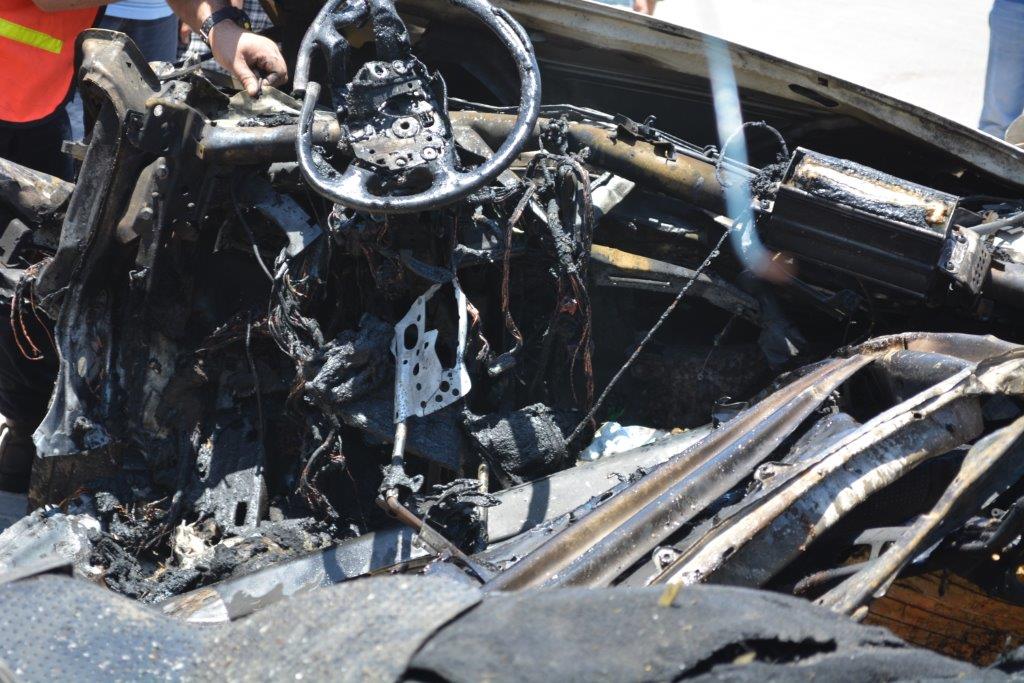Tag: Israeli Air Force
-
El-Wafa Elderly Nursing Home shelled by the Israeli military
16th July 2014 | International Solidarity Movement, Charlie Andreasson | Gaza, Occupied Palestine After a night of heavy shelling in the area, the day is dawning in Gaza. The clock ticks pass 08:00; past the evacuation time the Israeli military gave to el-Wafa hospital the previous evening. The patients were not evacuated; there is nowhere…
-
Gaza report: Death and destruction
11th July 2014 | International Solidarity Movement, Charlie Andreasson | Gaza, Occupied Palestine We managed to get a lift in an armoured Land Rover belonging to French journalists, and at crazy speed we went through intersections with only the cat horn as protection. The goal was Jabalya refugee camp and the latest targeting killing using…
-
Israel attacks on al-Shoja’iya, Gaza. 4 Palestinian civilians killed, 38 injured
11th November 2012 | Hussain News, Gaza Strip For two days, the Israeli Occupation Forces (IOF) bombed and shelled civilians in the Gaza Strip. Five Palestinian civilians including 3 children were killed. 52 civilians including 6 women and 12 children were wounded. Many of the injuries remain critical, some have amputations. 2 members of the…


